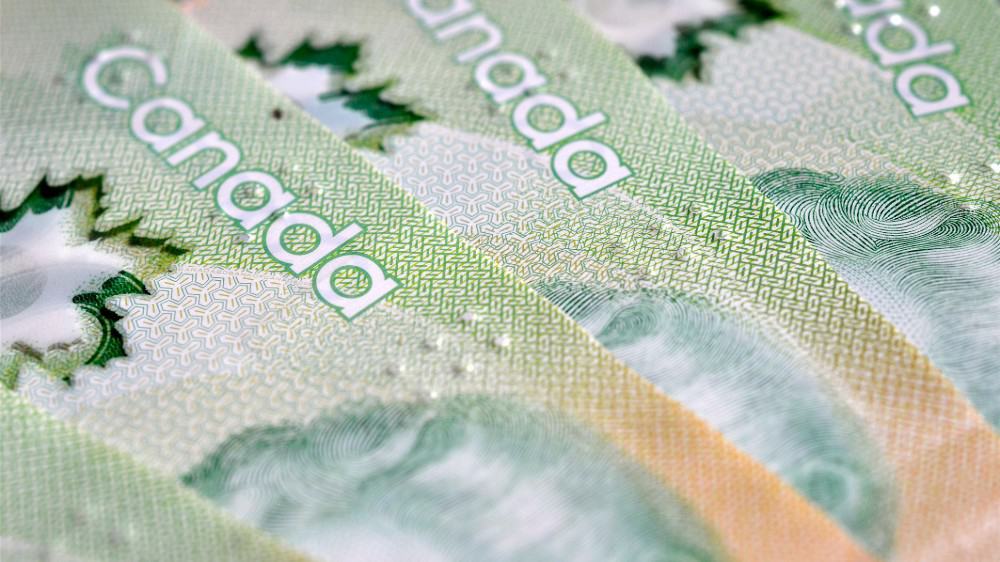The CERB extension ended September 27, but Canadians impacted by COVID-19 have new benefits available to replace CERB.
Who gets the Canada Recovery Benefit (CRB)?
The proposed CRB will provide $500 per week for up to 26 weeks to Canadian residents who are self-employed and not eligible for Employment Insurance (EI) but still require help due to loss of income caused by the pandemic.
The CRB rules say a person must be ineligible for EI to apply. The applicant must reside and be present in Canada for the related application period. To get the CRB, a person must be at least 15 years old and have a valid social insurance number.
Similar to CERB, the CRB rules require a person to have earned at least $5,000 in 2019, 2020, or in the 12-month period that precedes the CRB application.
To apply for the CRB, the person has stopped work due to COVID-19 and is available and searching for work. Employment or self-employment income must be down at least 50% due to COVID-19.
A person can’t quit a job voluntarily and then apply for the CRB.
Finally, the CRB can’t be claimed in tandem with CRCB, CRSB, EI, QPIP, or short-term disability and workers’ compensation benefits.
When will the CRB program end?
The Canadian government hopes the economy will recover strongly in 2021. Vaccines are expected in the first half of the year and should be widely available to protect people against COVID-19.
A deadline has not been announced. At some point, however, the CRB payment that replaces CERB will end. Ideally, unemployment will be back down to pre-pandemic levels and the economy will be back on track before the government cancels or modifies CRB amounts.
How to create your own tax-free version of CERB or CRB
In order to protect our finances from the next crisis, it makes sense to build our own CRB or CERB safety net.
One option involves taking advantage of TFSA contribution limits to create a tax-free income fund composed of income stocks. The crisis created a sell-off in top dividend stocks this year that now has many high-quality companies trading at discounted prices.
The dividends from top utility companies, banks, and telecom providers should be very safe. Using dividends to buy new shares when you don’t need the money helps grow the size of the portfolio.
In the event a new crisis occurs, the earnings from the TFSA investments can be removed tax-free. That’s correct, the CRA does not take a chunk of the payment. That’s not the case with CERB and CRB, which are considered taxable income.
To get started, let’s consider an equal investment in stocks such as Bank of Nova Scotia and Enbridge. This would generate an average dividend yield of nearly 7.3% today.
The idea is to start investing small amounts and let the power of compounding build the fund. Over time, relatively modest initial investments can become large portfolios.
For example, a $5,000 investment in Bank of Nova Scotia 25 years ago wold be worth about $100,000 today with the dividends reinvested. The same $5,000 invested in Enbridge would be worth close to $150,000!
The initial $10,00 portfolio, now worth $250,000, would generate $18,250 in annual dividends. That’s about $1,520 per month!









